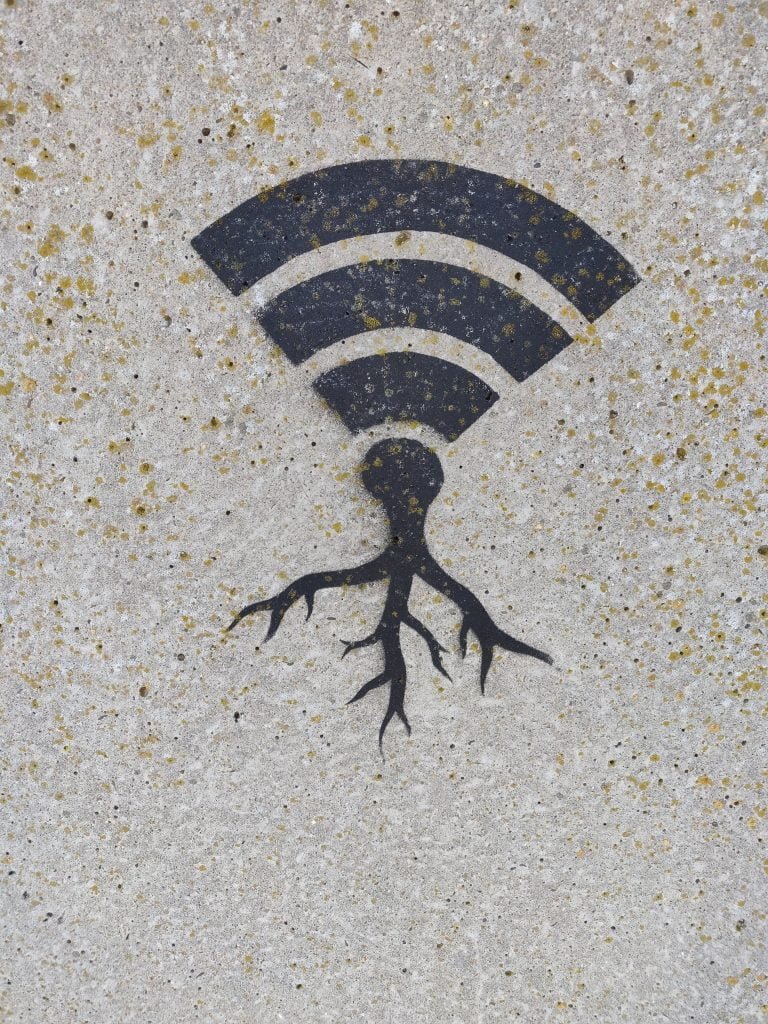What are IOT Devices
The Internet of Things (IoT) has revolutionised the way we live and work, making it easier than ever before to connect and control a vast array of devices and systems. From smart homes and wearable technology to connected cars and industrial automation, IoT devices are becoming increasingly popular and ubiquitous. However, this rapid growth in IoT has also brought with it several security risks that need to be addressed.
Common IoT Security Risks & Mitigations
Lack of encryption
Many IoT devices lack proper encryption mechanisms, leaving them vulnerable to cyber-attacks. Encryption is essential for securing data transmitted between devices, and without it, sensitive information can be intercepted and stolen. This can include passwords, financial information, and personal data, all of which can be used for malicious purposes.
To mitigate this risk: IoT device manufacturers should prioritise the use of encryption technology that ensures data is securely transmitted between devices. This can include using secure protocols like HTTPS, SSL, and TLS, which are all designed to protect against data breaches.
Weak passwords
Many IoT devices are protected by default passwords that are easy to guess, such as “admin” or “password”. This makes them vulnerable to attacks, particularly as hackers are using more sophisticated techniques to gain access to devices. Weak passwords are a significant security risk that can be easily avoided.
To mitigate this risk: users should always change default passwords to strong, unique passwords that are difficult to guess. Passwords should be at least 12 characters long and include a combination of uppercase and lowercase letters, numbers, and symbols. It’s also important to avoid using the same password for multiple devices or accounts.
Lack of firmware updates
Many IoT devices do not receive regular firmware updates, which can leave them vulnerable to known security flaws and vulnerabilities. Firmware updates are essential for addressing security issues and improving the overall performance of IoT devices.
To mitigate this risk: IoT device manufacturers should prioritize firmware updates and ensure that they are made available regularly. Users should also make sure that they keep their devices updated with the latest firmware to ensure that they are protected against known vulnerabilities.
Lack of authentication
Many IoT devices lack proper authentication mechanisms, making it easier for hackers to gain unauthorised access. Authentication is essential for ensuring that only authorised users can access IoT devices and systems.
To mitigate this risk: IoT device manufacturers should prioritize the use of authentication mechanisms that require users to authenticate their identity before accessing the device. This can include the use of biometric authentication, two-factor authentication, and strong passwords.
Insecure network connections
IoT devices are often connected to the internet through insecure networks, such as public Wi-Fi networks, which can make them vulnerable to attacks. Insecure network connections can provide hackers with a direct path to IoT devices, allowing them to steal sensitive data or take control of the device.
To mitigate this risk: users should always connect their IoT devices to secure networks that are protected by encryption technology. If using public Wi-Fi networks, users should connect to a virtual private network (VPN) to ensure that their data is securely transmitted.

Data privacy concerns
IoT devices often collect a lot of personal data, and if this data is not properly protected, it can be stolen or used for malicious purposes. Data privacy concerns are a significant risk that can have serious consequences for individuals and organisations.
To mitigate this risk: IoT device manufacturers should prioritize data privacy and ensure that their devices comply with relevant data privacy regulations. Users should also limit the amount of personal information shared with IoT devices and ensure that they only use reputable IoT devices from trusted manufacturers.
Physical tampering
IoT devices can be physically tampered with, such as by installing malicious hardware or software, which can compromise their security.














